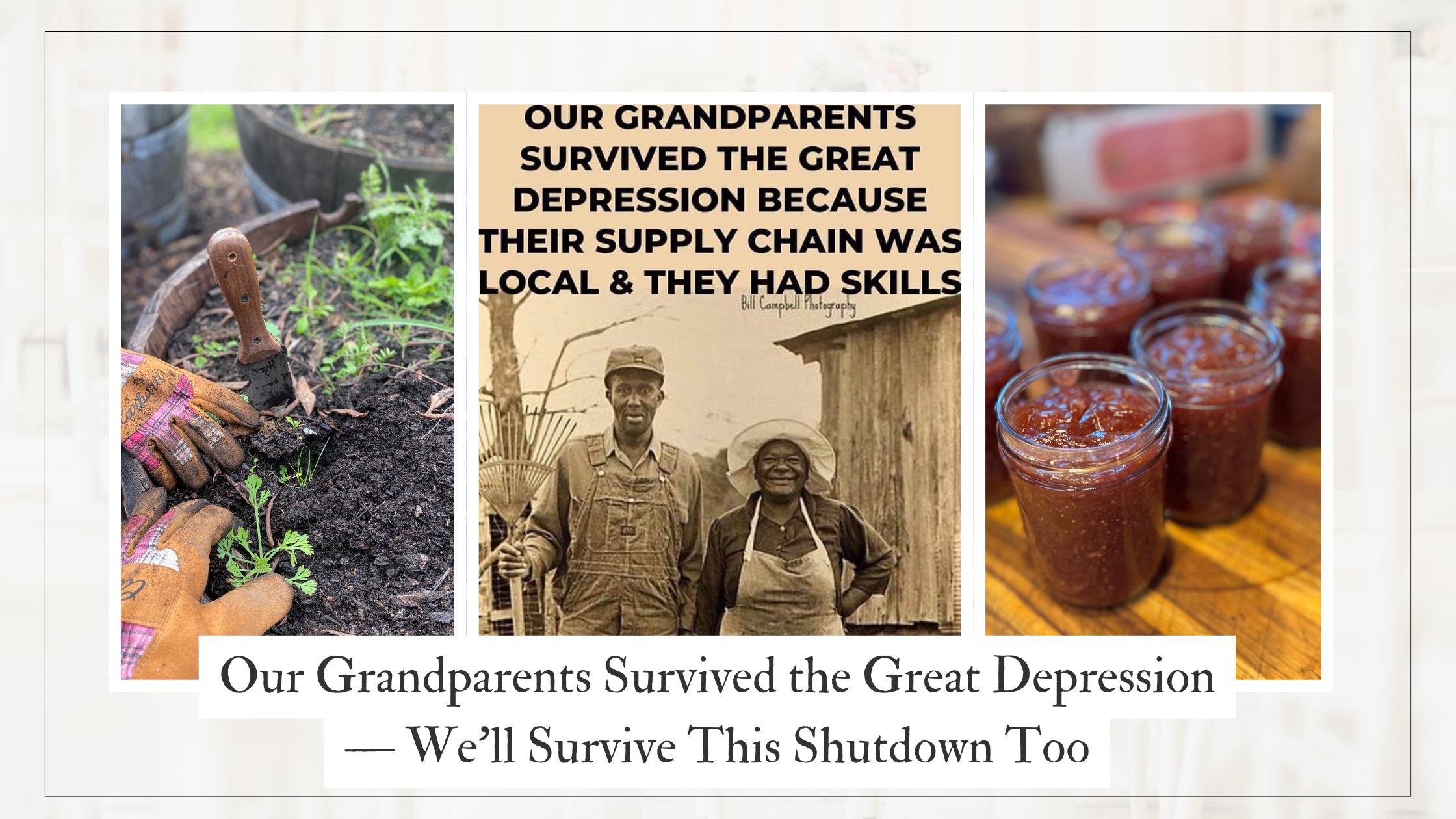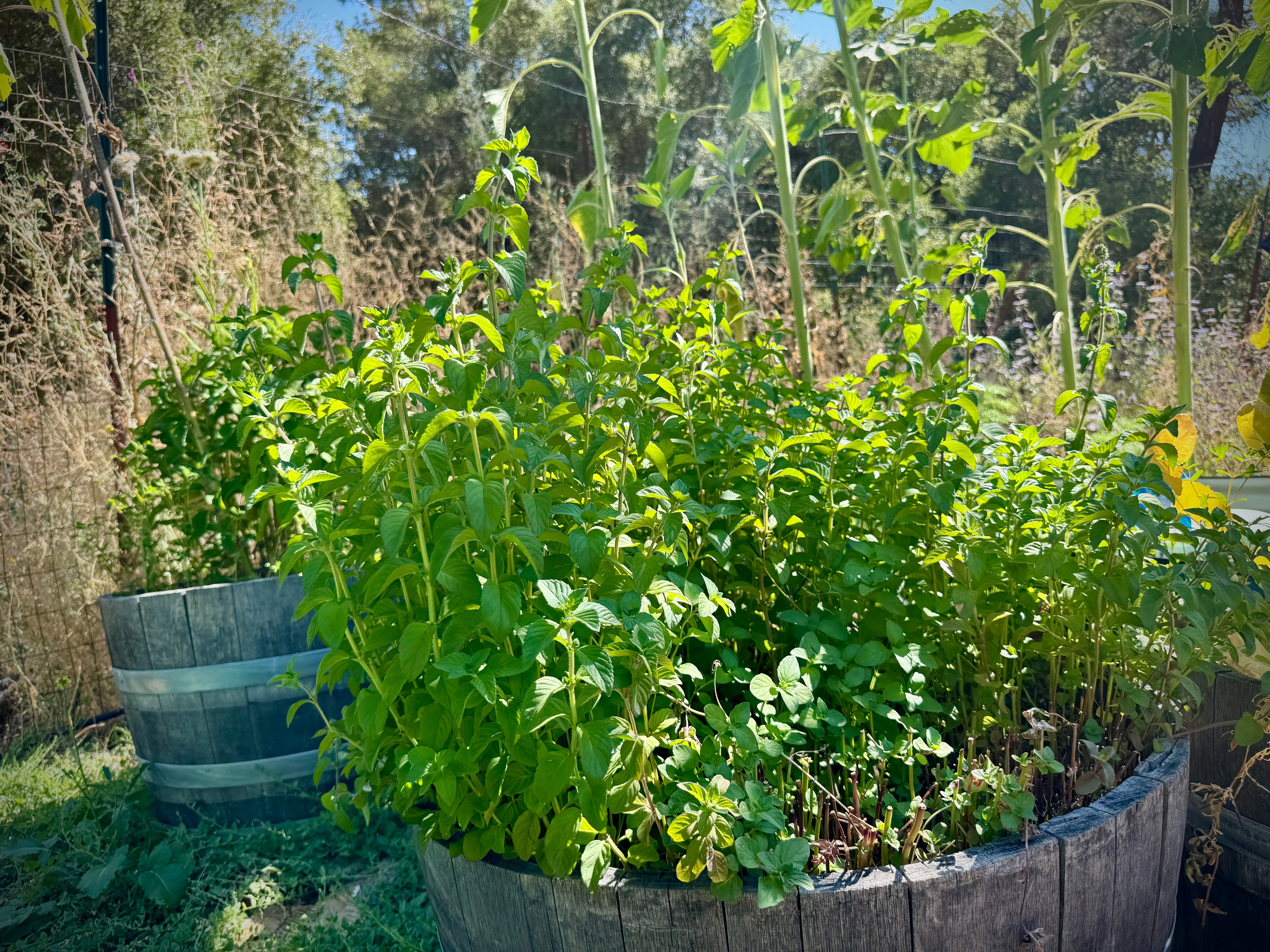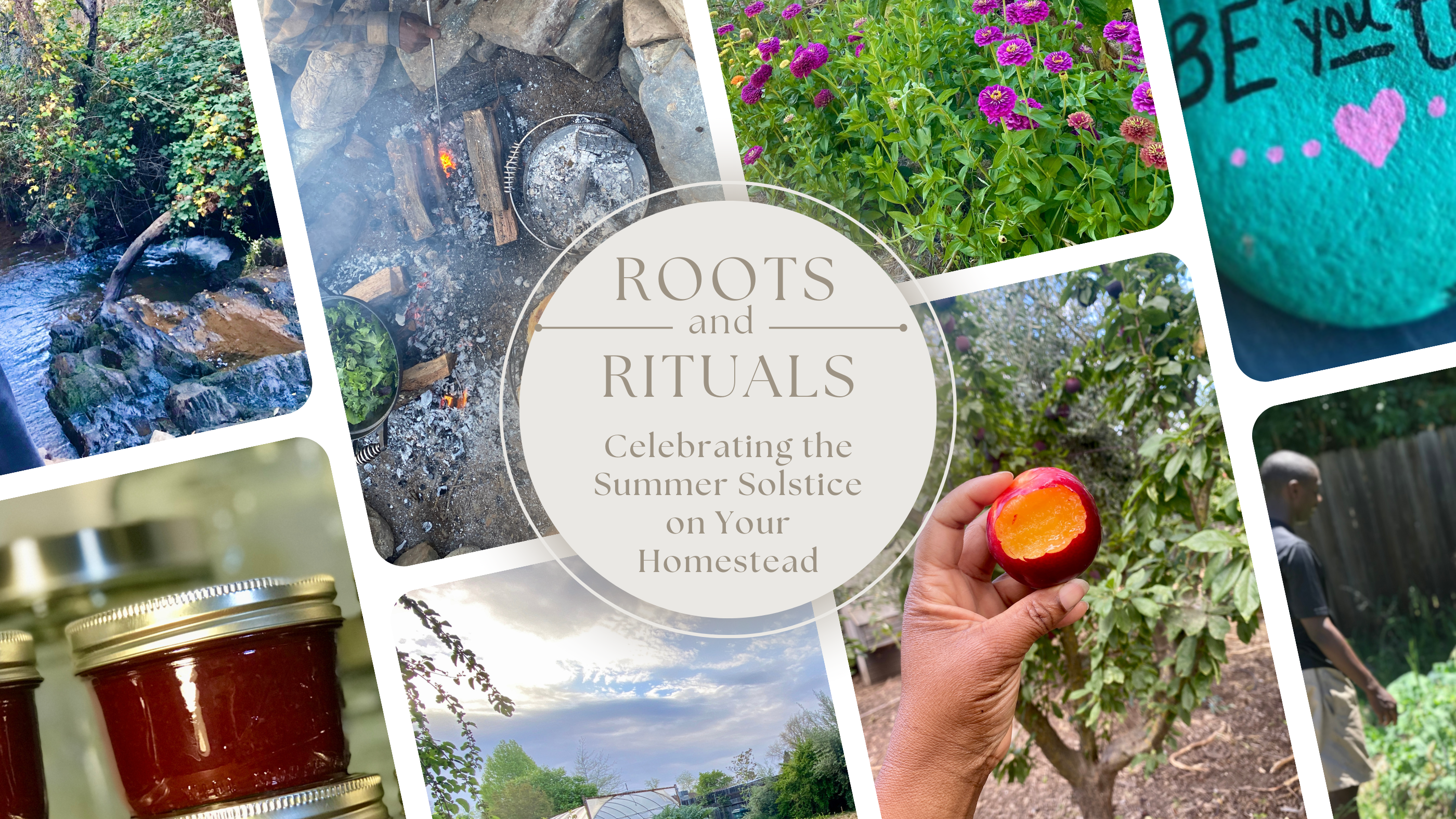Judith Yisrael - Nov 1, 2020
Holla, Horned Melon!

Ihonestly cannot recall when I first heard of this pokey little fruit, but I do remember the moment I laid eyes on it. I thought it was the most crazy beautiful thing I've seen in a long time and I had to try it. Of course, trying it wasn't enough, I wanted to grow it! I wanted to see how the leaves grew, what color the flowers would be and of course - the taste! The universe responded. In our box of generously donated seeds from Baker Creek, I found one lonely packet of African Horned Jelly Melon.
What is Kiwano?
Kiwano (Cucumis metuliferus) is an annual vine in the cucumber and melon family, also known as a cucurbit. The fruit, known by several names including African horned melon, spiked melon, jelly melon and blow fish fruit, is originally from arid regions of southern Africa; mainly Botswana, South Africa, Namibia, Zimbabwe, Malawi and Nigeria. It is a traditional food plant in Africa. Along with the Gemsbok cucumber and Tsamma (Citron melon) it is one of the few sources of water during the dry season in the Kalahari Desert. The plant is known for its climbing ability and can grow as much as 14 feet.
I find these fruits oddly beautiful. This bright orange/yellow fruit is firm and covered with spiked horns. The inside is layered with soft seeds tucked into a lime green colored gelatinous flesh. I found the skin to be as about as thick as a lemon (though softer) and the taste is a cross between a cucumber and kiwi, although not as sweet.

My Experience Growing Kiwano
I planted about ten kiwano seeds indoors, about four weeks after last frost and transplanted the seedlings about four weeks after that. Keep in mind I'm in California (Zone 9) where we have mild winters and enjoy a long growing season - about 277 growing days per year. Five of the ten seeds I planted didn't make it, yet I ended up with five healthy seedlings to plant in a half wine barrel. Kiwanos are climbers, so I added a sturdy trellis over the half wine barrel to provide sufficient support.
Kiwano enjoys full sun and well drained soil. I found they transplanted really well, but can be directly sown in your garden as well. I added about 2 inches of compost to the soil and added Tomato and Vegetable Plant Food made by Ecoscraps. I provided a good layer of wood chips for mulch to protect the soil from the harsh rays of the summer sun. Sacramento summers can be brutal, so the blanket of mulch would also assist the half wine barrels with retaining moisture in the soil.
I watered the soil about every other day, being sure to allow it to dry out a bit between waterings. The plants took off! They began their own silent competition of climbing up the trellis I had placed for them. I found that caring for them was much like growing cucumbers. All was going well. Then summer came.
Let's just say it became really hot and I found myself watering less frequently. As a result, the leaves on these beautiful plants begin to turn yellow as my watering schedule grew more inconsistent during the triple digit days of summer. By mid summer, I attempted to revive them by readjusting my watering schedule (which meant just watering more frequently) but it was no use. The leaves on the plant continued to yellow and many of the leaves towards the bottom started to turn brown.
I decided to give up and try again next year. Perhaps these plants were just too far gone to bring back. I made my peace with it and began to put my focus on other areas in my garden. By summer's end, the leaves were all dried up and hopelessly hung from the trellis. One day, I was tending the beautiful bounty of ginger I'd planted in the half wine barrel right next to the jelly melons. While admiring my work with the ginger, something bright orange caught my eye. Wait. Is that? I took a closer look. Yes, it was. An African Horned Jelly Melon! Say what?!
I was so eager to harvest it, I didn't mind that I had forgotten to wear gloves and the fruit poked me back in excitement. After I harvest it, I saw another, then another. Three jelly melons. I was pleased with my little bounty. Most definitely!

3 benefits of Kiwano
Red Blood Cells. Kiwano melon is a good source of iron and provides about 13% of your daily needs. Red blood cells store an iron-containing substance called hemoglobin, which is used to transport oxygen through your body.
Hydration. Kiwano melon is made up of about 88% water and contains carbs and electrolytes — making it useful for increasing hydration. Electrolytes — such as potassium, magnesium, and sodium — are also necessary for maintaining healthy fluid status
Blood Sugar. It has a low glycemic index and contains magnesium, which is directly involved in the metabolism of glucose and insulin.
Enjoying the Fruit
With only three fruit to show for my labor of love, I didn't have enough fruit to try making new recipes. However, it was just enough to share the flavor of kiwano with friends and family. So I decided we would eat two and the last one would be for seed saving. I opted not to eat the skin of the fruit although I have read that the skin is edible but not quite as tasty as the delicious flesh. The varying ripeness of the fruit provided a taste that range from sweet to mildly sweet. I don't mean sugar or honey sweet, but more like a sweet refreshing cucumber. To eat the fruit, I simply cut it into large wedges and went right for the inside. So refreshing!
For more info on a variety of ways to prepare and enjoy kiwano, check out the good folks at Enzed Exotics as they share many amazing recipes I was really looking forward to sinking my teeth into. Oh well, there is always next year.
References:
Ben-Erik Van Wyk (2000). People's Plants: A guide to useful plants of southern Africa. South Africa: Briza Publications. p. 38. ISBN 978-1-875093-19-9. Archived from the original on 2015-06-26.
https://ndb.nal.usda.gov/ndb/
https://pubmed.ncbi.nlm.nih.gov/19225360/
Photos courtesy of https://enzedexotics.com and Judith Yisrael






